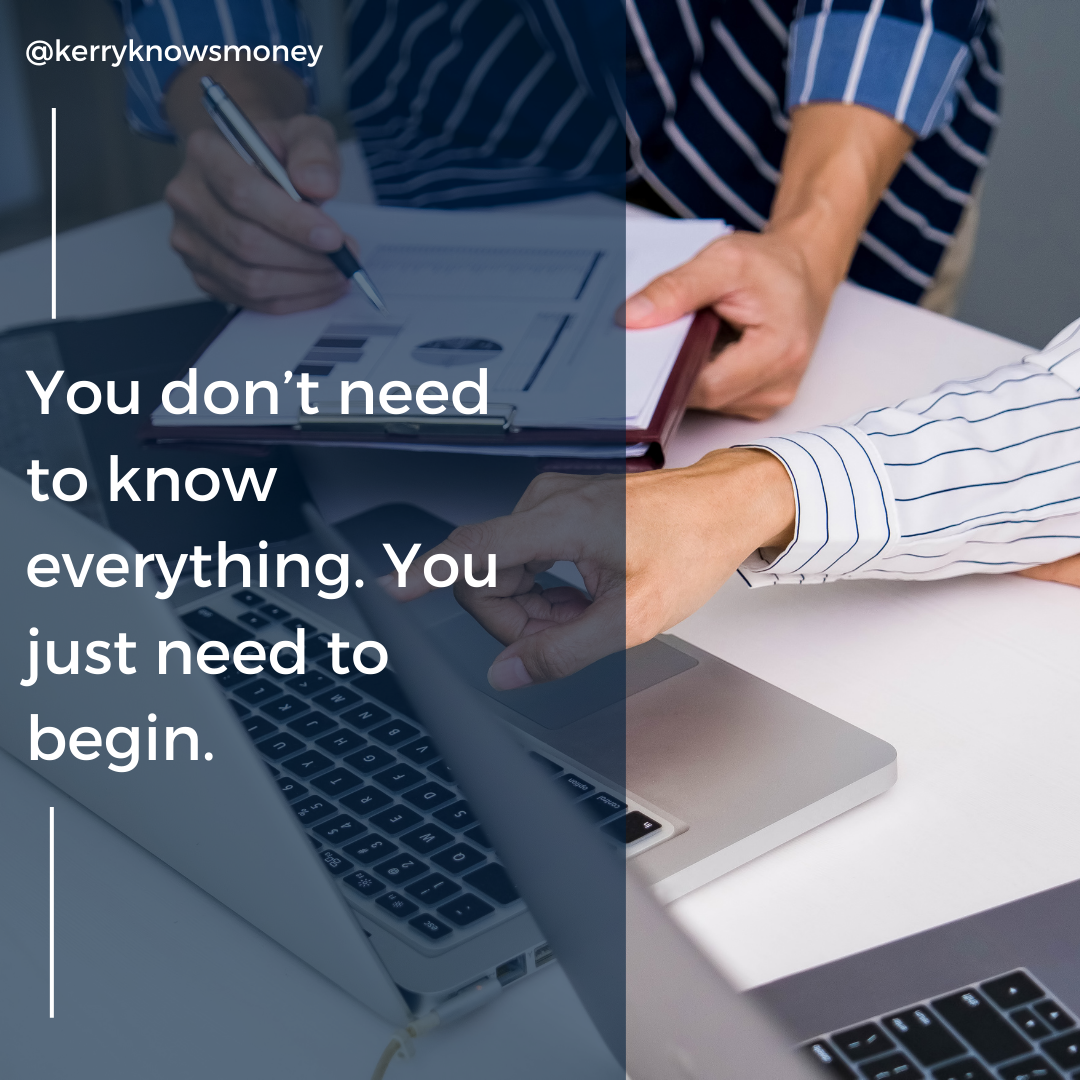How to Start Investing: A Beginner’s Guide
Taking the First Step Toward Financial Confidence
I remember sitting at my kitchen table one evening, bills scattered to the left, a cup of tea growing cold on the right, and a single thought swirling in my mind — “I need to figure this money thing out.”
Like many people, I had done everything “right.” I worked hard, saved what I could, and paid off my debts slowly but steadily. But when it came to investing? That word felt big, intimidating, and almost reserved for people who wore suits or had financial advisors on speed dial.
The truth is, most of us weren’t taught how to invest. We were told to save for a rainy day but not how to grow our money for sunny ones ahead.
So if you're just starting and feeling unsure — you’re not alone. This guide is for you.
What Is Investing, Really?
Investing is simply putting your money to work for you — so it grows over time. Unlike saving, which keeps your money safe in a low-interest environment, investing allows your money to potentially outpace inflation and build real wealth.
Think of it as planting seeds. You don’t see results right away, but with time and care, your small steps can turn into something meaningful.
Why Start Investing?
You don’t need to be rich to start — you become wealthier because you start.
Investing can help you:
Grow your retirement savings
Build a financial cushion for your future
Create opportunities for early retirement, travel, or education
Feel empowered knowing your money is doing more than sitting still
Even small contributions can make a difference over time. The key is consistency and patience.
Step-by-Step: How to Start
1. Get Clear on Your Goals
Are you investing for retirement? A home? Your children’s education? Knowing your “why” keeps you motivated and helps shape your strategy.
2. Understand Your Risk Tolerance
Everyone has a different comfort level with risk. It’s okay to be cautious, especially at first. There are investments that match every type of investor — from conservative to aggressive.
3. Learn the Basics
Here are a few investment vehicles to know:
Stocks: Shares in companies. They offer high growth potential but can fluctuate.
Bonds: Loans to governments or companies. Less risky, but typically lower returns.
Mutual Funds & ETFs: Collections of investments you can buy into. Great for beginners seeking diversification.
RRSPs and TFSAs (for Canadians): Registered accounts with tax advantages that help you grow your investments faster.
4. Start Small
You don’t need thousands to begin. Many platforms let you start with as little as $25 or $50. It’s more important to start than to start big.
5. Automate It
Set up automatic contributions so you don’t have to think about it. This builds a habit and removes the emotional part of investing.
A Gentle Reminder
You won’t know everything at once — and that’s okay. The most important part is getting started. Think of investing as a long-term relationship. It takes time, trust, and commitment.
And just like anything worth building, it starts with one small, courageous step.
From Hesitant to Empowered
I no longer sit at the kitchen table feeling overwhelmed by my finances. Instead, I check my investments with curiosity and a sense of calm. Not because I’m a financial expert, but because I took the time to learn, ask questions, and start.
You can too.
You’ve got this.
Whether you start today or next week, you’re planting seeds for your future. And that’s worth celebrating.
No one hands us the financial playbook — we have to write it ourselves. But you don’t have to write it alone. My hope is that this guide gives you the courage to start investing, no matter where you’re starting from.
Kerry Rizzo


